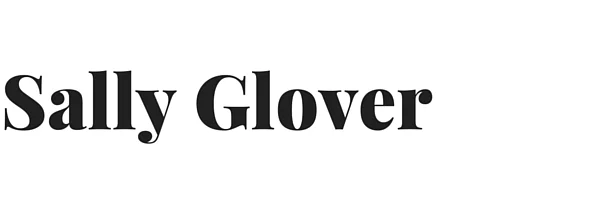I have signed up for a few newsletters that sincerely inspire joy when a new issue arrives in my inbox—a tall order in an era of email fatigue. One thing I know for sure: it doesn’t take much to send me running for the “unsubscribe me” button on a poorly branded, poorly designed, or overly sales-y email.
Let’s face it: email newsletters are a seriously powerful marketing tool—no matter your endeavor. The common thread among my favourite subscriptions is not in market category—they arrive from a varied range of senders: authors, wellness brands, retailers, bloggers, and, yes, an occasional celebrity. These senders aren’t just emailing me run-of-the mill sales pitches or “Dear Diary” journal posts. They are bringing me thoughtful content that is engaging and provides actual value, all wrapped up in a beautiful design.
So what sets apart these shiny, can’t-get-enough-of-’em emails from the ho-hum crowd? Three words: brand, message, and market.
1. Consistency is king. Determine your audience and speak to them in a similar way every time you engage, including font styles, background colours, template design, voice, and even images. Your consistency will inspire trust, and that trust will build loyalty. Imagine receiving 18 newsletters from a single company over the course of year, each with different fonts and colours. Doesn’t exactly inspire confidence.
2. Brand it, baby. Something I love about top-notch email newsletters is that they’re familiar. Their design is perfectly in sync with the company’s branding, website, and social media presence. Someone has taken the time to make sure the links are functional, the columns are aligned, the content is well spaced, and the images are thoughtful. They’re nice to look at. Keep in mind that your images are just as important as your text—spend a bit of time (and money, if necessary!) to make sure your message is visually appealing.
3. Keep it clean. Decide on your key messages at the start (five tops), and create an element or section in your newsletter for each. It’s tempting to include the kitchen sink of all that you’re working on, but the idea is to make it easy for your readers to pick up what you’re puttin’ down.
4. What’s in it for me? Ask yourself what value you can provide to your readers. Have you written the book of the summer? Will your pear kimchi recipe improve their digestion? Whatever it is, your audience is more likely to engage when they can see a benefit—what’s in it for them.
5. If you need something, just ask already. Are you asking your audience to do something? Be clear and open about what it is and how they can do it. Let's say you’re in the running for best historical romance. Straight up ask for votes—and provide easy instructions for how to do so.
Need help with your newsletters? Let’s talk.

